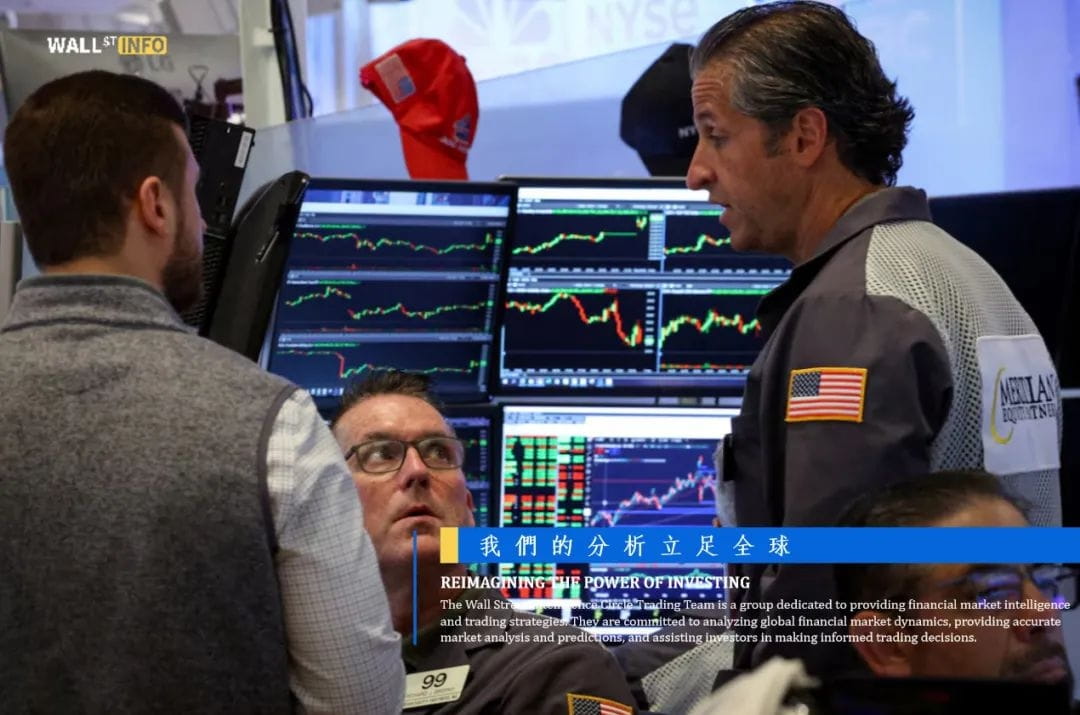
The Federal Reserve again ignored Trump's immense pressure to cut rates and decided to keep interest rates unchanged.
The Federal Reserve not only extinguished Trump's hopes but also those of investors - it did not provide any hints about a rate cut in September.
First, let's state the conclusion: the Federal Reserve this time adopted a combination of 'dovish policy statement + hawkish speech', leaning overall towards a hawkish stance.
The reason the dovish policy statement is considered 'dovish' is twofold:
· On one hand, the description of economic growth has been changed to 'moderate' slowdown from the previous 'strong' - giving the impression that it opens the door for a rate cut;
· On the other hand, two governors voted against (supporting a rate cut) - giving the impression that even if there is no rate cut in July, there will be in September.
But the press conference held by Federal Reserve Chairman Powell extinguished hopes for a rate cut.
He stated that we have not yet made any decision regarding September and will not preset a direction. Although there are still two full months of data before the September meeting, we are still in the early stages of understanding how Trump's re-setting of tariffs and other policy changes will impact inflation, employment, and economic growth.
The latter part of Powell's statements was especially 'fatal'; even if economic data supports it, the probability of a rate cut remains slim.
Second, the biggest highlight of this meeting was the 'two dissenting votes' - Federal Reserve Governors Waller and Bowman - the first occurrence of this since 1993. In the past, we occasionally saw one dissenting vote, usually cast by a regional Federal Reserve president. Now, the two dissenting votes were cast by Federal Reserve governors. For an institution that has always been consensus-oriented, this outcome represents a 'serious division of opinion.' However, these 'two dissenting votes' do not imply a rate cut in September, unless a third dissenting vote appears, which would be significant. Typically, dissenting members will release statements on the Friday following the meeting to explain their voting reasons. If their reasons at that time are 'political', meaning they believe the uncertainty of tariffs has been resolved, then this reasoning may not convince the market that the Federal Reserve will cut rates in September.
Third, Powell's reason for not lowering interest rates is very clear - because of Trump. In clarifying the economic policies of the Trump administration, the Federal Reserve finds itself in a 'two steps forward, one step back' cycle. The recent trade agreement reached with Japan and the EU stipulates a 15% tariff on imported products, with no retaliatory measures - this is lower than Trump's threat in April but higher than predictions at the beginning of the year.
Fourth, before the Federal Reserve announced its decision, there was a small episode - U.S. GDP rose 3% in the second quarter (significantly exceeding expectations). If the data continues to develop in the recent pattern, it could make the situation very difficult - if it is neither bad enough to make a rate cut inevitable nor good enough to declare victory. Therefore, the likelihood of remaining on the sidelines is greater than people expect.
The market quickly removed some bets on interest rate cuts, with the current estimate for a rate cut in September at 50%, down from 65% before the meeting.
This 'Powell douses cold water' incident once again illustrates: the Federal Reserve is now very afraid of giving the market premature optimistic signals. They are very well aware that once they provide some hope, the market will quickly get excited, and stock and asset prices may skyrocket, making it even harder to achieve inflation targets.
Finally, let's look at market performance: the dollar soared, gold crashed, U.S. stocks turned down, and volatility has just begun to explode.
